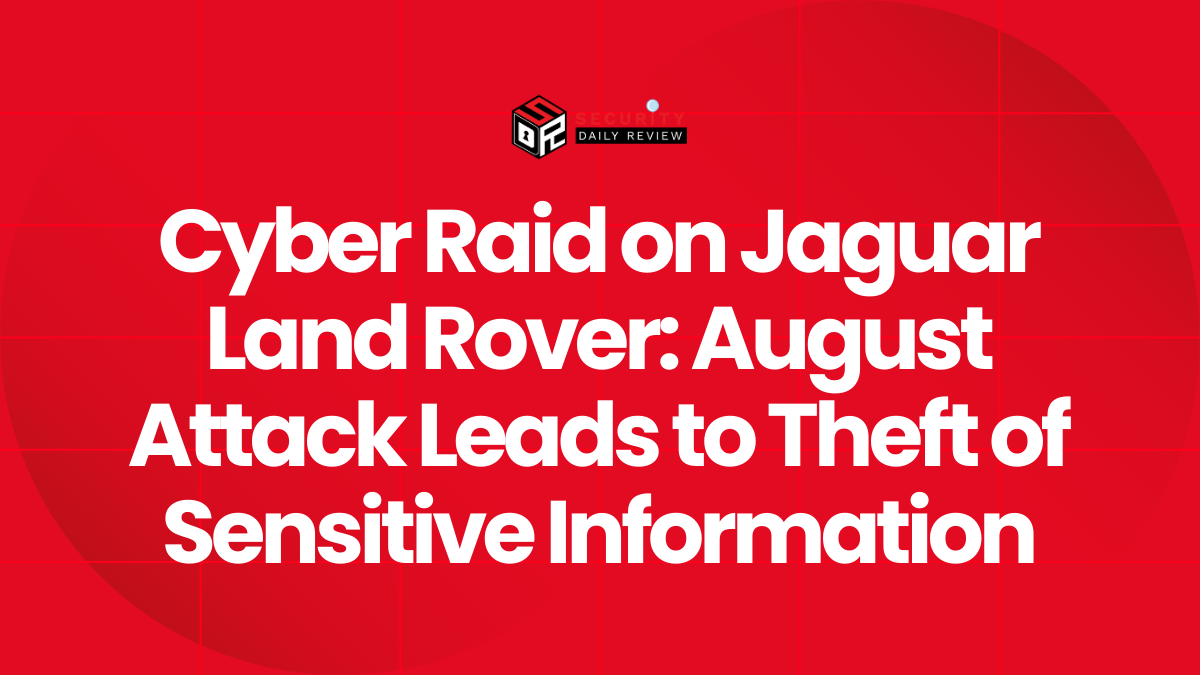A recent alert from the Swiss National Cyber Security Centre (NCSC) has drawn attention to a fraudulent campaign that exploits iPhone users’ emotional vulnerability by pretending to locate lost devices. Disguised as legitimate Apple notifications, the campaign’s real aim is to harvest sensitive Apple ID credentials through a sophisticated phishing ruse.
Attackers Exploit Device Loss Anxiety to Trick iPhone Users
Cybercriminals use fears of losing Apple’s Find My iPhone data to lure victims into credential theft.
Threat actors are leveraging phishing tactics that start with a seemingly helpful email or SMS. These messages appear to come from Apple, claiming the intended recipient’s lost or stolen iPhone has just been found. The user is then asked to click a link to “verify” or “confirm” device ownership. However, this link leads not to Apple’s servers but to a cleverly spoofed phishing site designed to steal Apple ID credentials.
The phishing messages contain deceptive but persuasive elements:
- Impersonated sender names such as “Apple Support” or “Find My iPhone”
- URLs that resemble official Apple domains but contain subtle alterations
- Time-sensitive language to pressure immediate action
NSCS cybersecurity experts noted that the emotional manipulation involved — the fear of permanently losing an expensive smartphone and compromising personal data — makes this campaign particularly effective.
Spoof Detection Remains Challenging Even for Security-Aware Users
Well-crafted phishing pages mimic Apple’s user interface with alarming accuracy.
The NCSC highlights that the phishing pages visually imitate Apple’s official login pages down to the design, language, and branding. Furthermore, attackers often use domain names or subdomains that appear plausible at first glance, making detection increasingly difficult.
Some characteristics of these fake login pages include:
- Use of HTTPS to create a false sense of security
- Apple-like fonts, colors, and page layouts
- Functional-looking buttons that mirror real Apple workflows
In many cases, the spoofed pages are hosted on compromised legitimate sites, reducing the likelihood that users or AI-based filters will block the domain as malicious.
Stolen Apple ID Data Can Lead to Device Hijacking
Credential theft enables attackers to gain control of Apple devices and exploit user data.
Once a victim enters their Apple ID login credentials on the spoofed website, attackers can immediately exploit this access. This may involve:
- Locking the user out of their device using the “Lost Mode” capability
- Extracting iCloud data including contacts, photos, and notes
- Engaging in follow-up fraud like Apple Pay abuse or selling Apple ID accounts on the dark web
The Swiss NCSC urges users who believe they may have entered their Apple ID into such a phishing site to immediately change their password and activate two-factor authentication (2FA), if not already enabled.
Defensive Measures Recommended by the Swiss NCSC
User vigilance and secure account practices are key to defeating Apple ID phishing attempts.
To minimize the risk of falling victim to such schemes, the Swiss National Cyber Security Centre recommends the following protective behaviors:
- Verify Message Authenticity
Avoid clicking on in-message links, especially those that claim urgent action is needed. Instead, manually enter Apple’s official website address into the browser or use the official Apple Support app.
- Check for Suspicious URLs
Look out for minor spelling errors in domain names or unusual domain extensions (e.g., “.info” instead of “.com”).
- Enable Two-Factor Authentication (2FA)
Activating 2FA for your Apple ID can prevent unauthorized device access even if credentials are stolen.
- Report Suspicious Activity
Forward phishing emails to Apple at reportphishing@apple.com and inform cybersecurity authorities in your jurisdiction, such as the Swiss NCSC.
- Use Built-In Security Features
iPhone settings include warnings when connecting to potentially fraudulent websites. These should always be heeded.
According to the NCSC, phishing attacks targeting Apple users continue to rise due to the high resale value of Apple credentials and devices. Platforms like iMessage, SMS, and email remain key vectors for phishing distribution, making regular awareness campaigns crucial.
Continual Vigilance Needed Against Credential Theft Campaigns
Educating users and reinforcing multi-layered authentication remain the best countermeasures.
The current phishing scam underscores a trend in which cybercriminals use highly targeted, context-specific lures to maximize success rates. By simulating a lost device alert — an emotionally charged and high-stakes scenario — attackers can bypass normal user skepticism. For security professionals, this incident reinforces the need for end-user training and responsive incident handling configurations.
While technical defenses such as spam filters and Safe Browsing warnings are vital, proactive awareness — especially around phishing and Apple ID security — is a critical part of effective cybersecurity hygiene.









